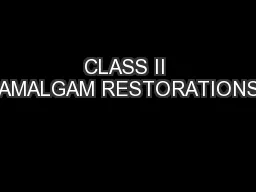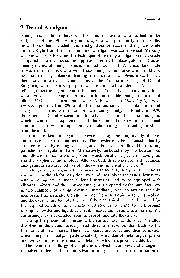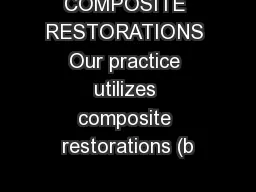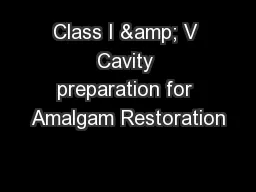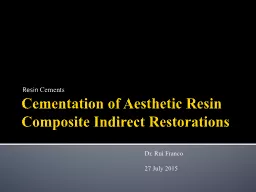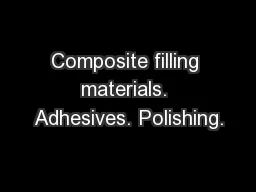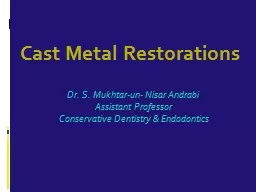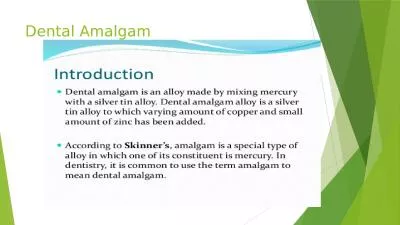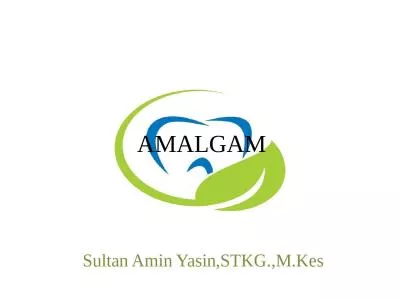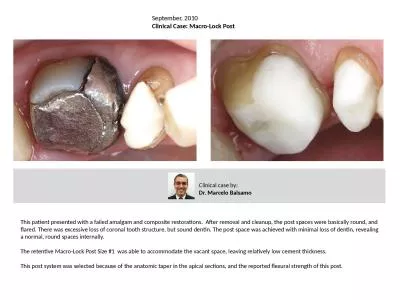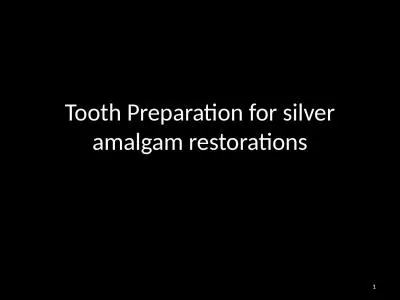PPT-CLASS II AMALGAM RESTORATIONS
Author : lois-ondreau | Published Date : 2015-09-20
A Class II preparation No 245 Bur Pear shaped bur No 330 INITIAL DEPTH Initial depth is 15 mm from the central pit or 0205 mm into dentin or 2mm from the prepared
Presentation Embed Code
Download Presentation
Download Presentation The PPT/PDF document "CLASS II AMALGAM RESTORATIONS" is the property of its rightful owner. Permission is granted to download and print the materials on this website for personal, non-commercial use only, and to display it on your personal computer provided you do not modify the materials and that you retain all copyright notices contained in the materials. By downloading content from our website, you accept the terms of this agreement.
CLASS II AMALGAM RESTORATIONS: Transcript
Download Rules Of Document
"CLASS II AMALGAM RESTORATIONS"The content belongs to its owner. You may download and print it for personal use, without modification, and keep all copyright notices. By downloading, you agree to these terms.
Related Documents

